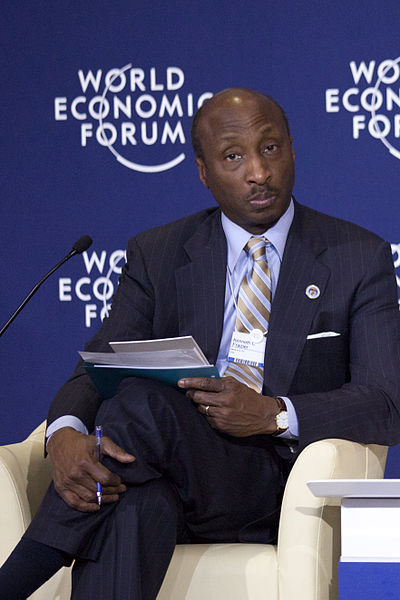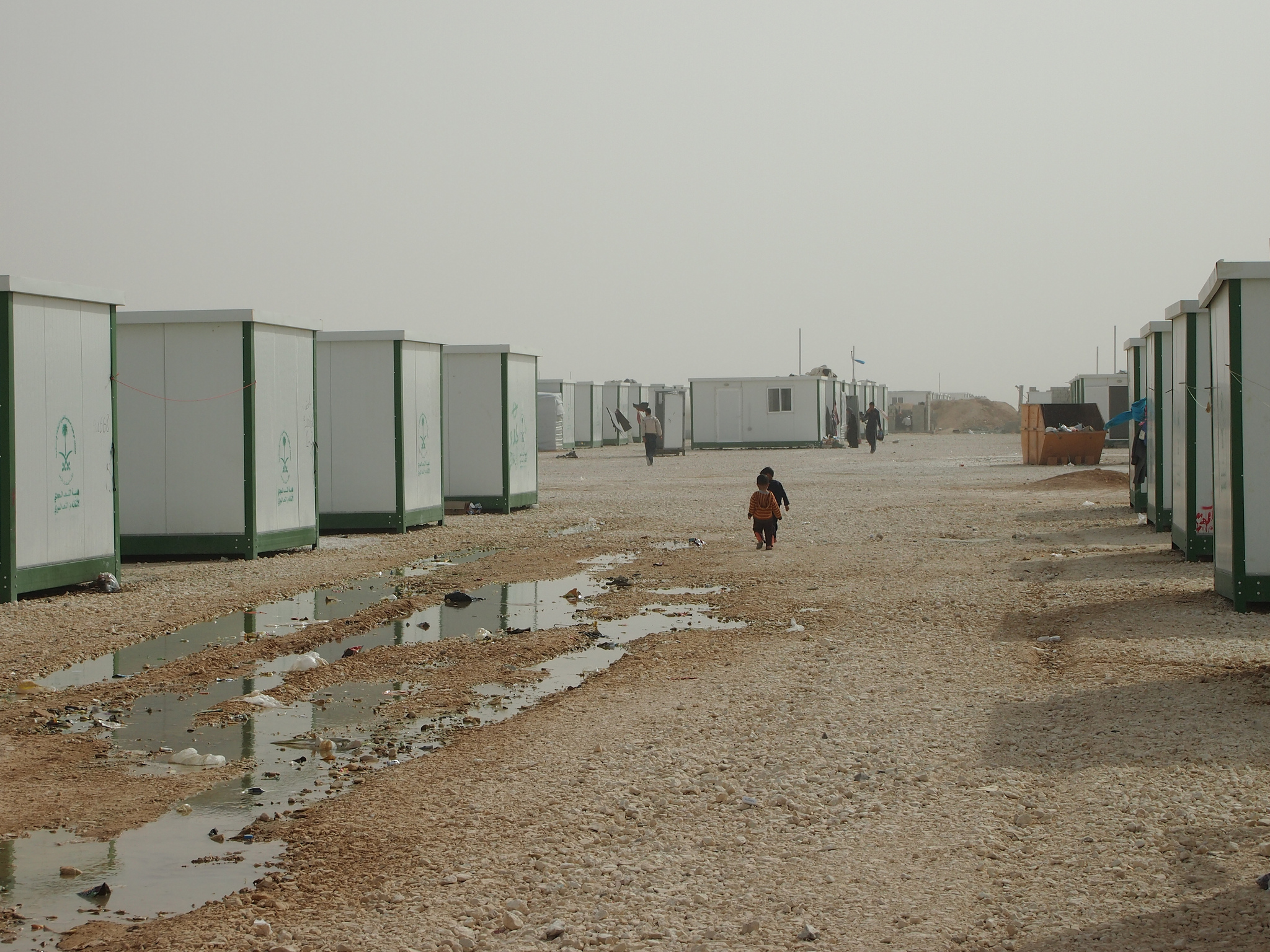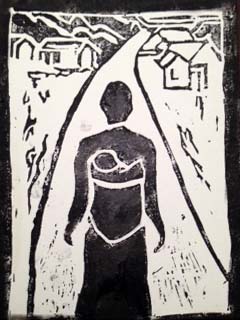Guest Post by Valerie Hudson and Hilary Matfess
Bloodied and shaken from his participation in the four days of attacks in Mumbai, India in 2008, twenty-one year old Mohammed Jamal Amir Kasab, confessed to police that he had only joined Lashkar-e-Taiba at his father’s urging — so that Kasab and his siblings could afford to marry. Kasab told police that his father convinced him that his participation would mean that the family would no longer be poor and that they would be able to pay the costs required to finalize a marriage contract. One of the police officers, seemingly ignoring Kasab’s response, pressed, “So you came here for jihad? Is that right?” Crying, Kasab asked, “What jihad?” Lashkar-e-Taiba deposited the promised money in his father’s account after the successful attack; for his participation, Kasab was hanged in 2012 by the Indian government.
Though brideprice traditions have largely fallen out of practice in the United States and Western Europe, roughly ¾ of the world’s population live in countries where marriage ceremonies demand an exchange of assets.This exchange, like other economic markets, is subject to fluctuations, inflation, and exogenous shocks. Furthermore, brideprice — the practice in which the intended groom provides his fiancee’s kin with goods or money prior to the wedding — often presents itself as a regressive tax levied on young men. This is because brideprice is generally a reflection of the woman’s status, not the man’s economic status, and is generally set at a community-wide level and adjusted upward for more elite women and girls. Particularly in societies that also practice polygamy, the dynamics of this marriage market lend themselves to a concentration of wealth (here measured in brides) in the hands of socio-economically elite men. The stratification of this measure of wealth presents itself as a situation in which the un- or under-employed young men in a community are unable to take a wife.
Brideprice, in general, exhibits a general upward trend. One analysis of brideprice summarized the dynamics that contribute to this inflationary trend, observing that: “Every father fears being left in the lurch by finding that the bridewealth which he has accepted for his daughter will not suffice to get him a daughter-in-law; therefore, he is always on the lookout for any signs of a rise in the rate, and tends to raise his demands whenever he hears of other fathers doing so. This means in general terms that individual cases of over-payment produce a general rise in the rate all around.”
It is curious that this marriage market dynamic, which is central to identities in a number of societies and acts as a rite of passage from childhood to adulthood, has been so overlooked in the literature on social violence, while economic contractions and inflationary food prices have frequently been identified as drivers of conflict. However, it is folly to overlook how obstruction of social status and masculinity also affect grievances. A decade ago, the World Bank observed in The Other Half of Gender: Men’s Issues in Development, that “the main social requirement for achieving manhood in Sub-Saharan Africa—for being a man—is attaining some level of financial independence, employment, or income, and subsequently starting a family. In much of Sub-Saharan Africa, brideprice is commonplace, and thus marriage and family formation are directly tied to having income or property.”
Our recent study found that marriage markets and inflationary brideprice are a powerful driver of participation in violence and drive recruitment into armed groups. Armed groups often arrange low-cost marriages for their members, help members afford brideprice, or provide extra-legal opportunities to acquire the capital necessary to take a wife. In Nigeria, in the years in which Boko Haram gained influence under founder Mohammed Yusuf, “items required for [a] successful [marriage] celebration kept changing in tune with inflation over the years.”66 A resident of the Railroad neighborhood of Maiduguri, where Yusuf established his mosque, recalled that in just a few years, Yusuf had facilitated more than 500 weddings. The group also provided support for young men to become “okada drivers,” who gained popularity for their affordable motorbike taxi services — who often used their profits to afford marriage. Thus, Boko Haram’s early recruits were often attracted by the group’s facilitation of marriage. Even in the aftermath of Yusuf’s assassination by the Nigerian state and the rise of Abubakar Shekau, the group has continued to exploit obstacles to marriage to attract supporters. The women and girls that are abducted by the group, estimated to number more than 6,000, are frequently married off to members of the group.
In South Sudan, where brideprice is often paid in cattle or a mixture of cattle and money, a similar dynamic has made cattle raiding even more deadly than it was previously and has driven recruitment into a number of militias. According to a report by Marc Sommers and Stephanie Schwartz, “Male and female youth must marry to be recognized as adults; however, male youth are under severe pressure to meet escalating dowry [brideprice] costs.” An unpublished report by the United Nations Development Project found that brideprice rose by 44 percent in the five years after the Comprehensive Peace Agreement was signed in 2005 — despite the overall anemic economy and lack of employment opportunities for young men. A 2012 report by the Institute for Security Studies, a think tank focused on security in Africa, concluded that “with the current market rates of $300 per head, the cost usually ranges between $10,000 and $60,000. Taken from these figures, one would therefore conclude that South Sudanese marriages … are no doubt some of the most expensive marriages in the world.”
Other governments have recognized the destabilizing influence of rising brideprice amidst economic stagnation. In Saudi Arabia, the average price for a virgin bride was 70,000 SAR (more than $18,500) in the early 2000s — by 2015, there were reports of brideprice payments “as high as SR100,000 (more than $26,600)].” Following meetings with religious leaders, the government released a decree asking for local cooperation with enforcement of a ceiling for brideprice at 50,000 SAR for a virgin bride and 30,000 SAR for a previously married woman. In addition to the brideprice cap, there are also loans and grants available to young men from local charities to help cover the cost of marriage and brideprice. The government is promoting the idea that brideprice should be a function of the man’s economic situation, rather than the woman’s status.
Armed groups exploit this increase in brideprice by offering compensation to their recruits and arranging for brideprice negotiations. Governments and researchers alike should recognize brideprice fluctuations as a driver of grievance that contributes to violence globally, and — in treating this phenomena as any other market, intervene to promote stability and sustainability. The absence of such interventions will only make the appeal of armed groups more potent for young men like Kasab.
Valerie M. Hudson is Professor and George H.W. Bush Chair in the Bush School of Government and Public Service at Texas A&M University.
Hilary Matfess is a PhD student in the Department of Political Science at Yale University.






2 comments
Absolutely fascinating. (I wonder if perhaps buying an expensive wedding ring set is a hangover of brideprice practices?) Just wonder what can be done to limit the escalation of brideprices … and the resulting vulnerability to recruitment by armed groups. (Better yet, wish we could abolish them altogether.)